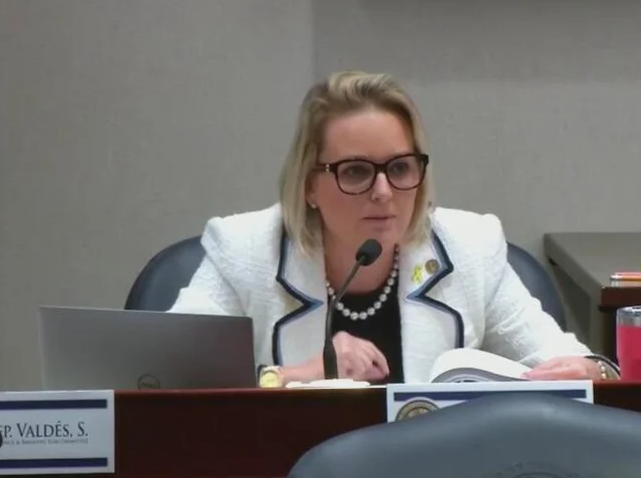A recent opinion was issued from a Florida appellate court involving a property insurance claim that stemmed from multiple losses. The Second District Appeals Court of Florida noted in the opinion that the multiple-peril loss issue has not often arisen in Florida case law history regarding first-party property insurance claims. The case is American Home Assurance Company v. Sebo.1 The facts of the case are as follows:
Sebo purchased the home in April 2005, when it was four years old. The policyholder obtained an all-risk policy from AHAC through a private client group and was referred to as a manuscript policy. It was not a standard form but instead was created specifically for the Sebo residence. Shortly after buying the residence, water began to intrude during rainstorms. Major water leaks were reported to Sebo’s property manager as early as May 31, 2005. In October 2005, Hurricane Wilma struck Naples and further damaged the Sebo residence.
Sebo did not report the water intrusion and other damages to AHAC until December 30, 2005. AHAC investigated the claim, and in April 2006 it denied coverage for most of the claimed losses. The policy provided $50,000 in coverage for mold, and AHAC tendered that amount to Sebo but stated that “the balance of the damages to the house, including any window, door, and other repairs, is not covered.” In May 2008, Sebo renewed his claim and sent more information about the damages to AHAC, but AHAC again denied the claim except for the $50,000 in mold damages.
The residence could not be repaired and was eventually demolished. In January 2007, Sebo filed suit against a number of defendants, including the sellers of the property, the architect who designed the residence, and the construction company that built it. He alleged that the home had been negligently designed and constructed and that the sellers had fraudulently failed to disclose the defects in the property. Sebo eventually amended his complaint in November 2009, adding AHAC as a defendant and seeking a declaration that the policy provided coverage for his damages. After Sebo settled his claims against a majority of all other defendants, the trial proceeded only on his declaratory action against AHAC. The jurors found in favor of Sebo, and the court eventually entered judgment against AHAC.
AHAC denied coverage for most of Sebo’s losses based primarily on the policy’s exclusion for Faulty, Inadequate or Defective Planning:
We do not cover any loss caused by faulty, inadequate or defective:
a. Planning, zoning, development, surveying, siting;
b. Design, specifications, workmanship, repair, construction, renovation, remodeling, grading, compaction;
c. Materials used in repair, construction, renovation or remodeling;
Although many of the exclusions in the policy provided coverage for ensuing damages, the exclusion relied on by AHAC did not. The parties did not dispute that there was more than one cause of loss in the claim/case. Sebo asserted that AHAC was required to cover all its losses under the concurrent causation doctrine. Under that doctrine, when multiple perils act in concert to cause a loss, and at least one of the perils is insured and is a concurrent cause of the loss, even if not the prime or efficient cause, the loss is covered. The concurrent causation doctrine is one of two prevailing theories employed to decide what coverage is afforded under these circumstances. The other one is the efficient proximate cause doctrine. Under it, the finder of fact, usually the jury, determines which peril was the most substantial or responsible factor in the loss. If the policy insures against that peril, coverage is provided. If the policy excludes that peril, there is no coverage.
One of the first Florida cases to examine property insurance coverage for multiple losses was Hartford Accident & Indemnity Company v. Phelps.2 In that case, two perils combined to cause damage to the residence: the covered peril of water leaking from the plumbing system and the excluded peril of building settlement. The First District found coverage under the homeowner’s policy because the plumbing leak was the “proximate and efficient cause of the loss.” This efficient proximate cause theory was the prevailing law in Florida until the Third District’s decision in Wallach v. Rosenberg.3 Wallach also involved first-party coverage under a homeowner’s policy. The Wallach court briefly discussed Phelps, but concluded that the better rule would be that “where an insured risk constitutes a concurrent cause of the loss even where ‘the insured risk [is] not … the prime or efficient cause of the accident’ “ coverage may be available. Thus, Wallach impliedly rejected Phelps and adopted the concurrent causation doctrine.
The Sebo Court in this most recent multi-peril case stated that the majority of states have adopted the efficient proximate cause theory for analyzing this issue.4
The Court in Sebo reversed and remanded the case for a new trial in which the causation of Sebo’s loss is examined under the efficient proximate cause theory.
It would appear that there is a disagreement in authority between the First and Second District Courts of Appeal that have applied the efficient proximate cause theory and the Third District Court of Appeal in the Wallach decision applying the concurrent cause theory. We will continue to monitor this Sebo case to see if there is any further activity in the appellate court system on this issue and the discrepancy of authority between the District Courts of Appeal in Florida.
1 American Home Assurance Co. v. Sebo, 2013 WL 5225271 (Fla. 2d DCA Sept. 18, 2013).
2 Hartford Accident & Indemnity Co. v. Phelps, 294 So.2d 362 (Fla. 1st DCA 1974).
3 Wallach v. Rosenberg, 527 So.2d 1386 (Fla. 3d DCA 1988).
4 See Michael C. Phillips & Lisa L. Coplen, Concurrent Causation versus Efficient Proximate Cause in First–Party Property Insurance Coverage Analysis, 36 Brief 32, 35 (Winter 2007) (listing thirty-four states that have adopted the efficient proximate cause model, and only seven, including Florida, that have applied the concurrent causation theory).



